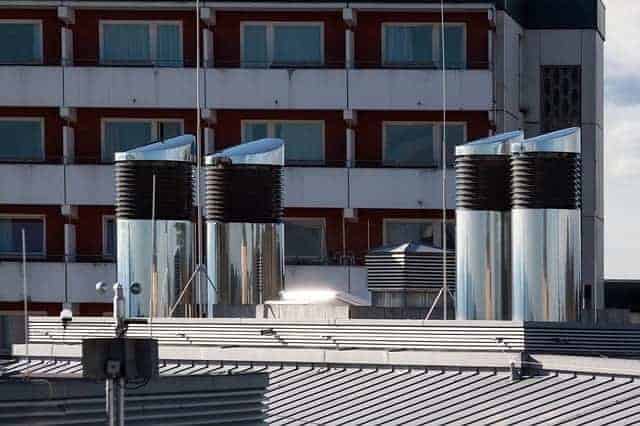The Joint Commission has strict regulation when it comes to hospital ventilation. One of the requirements is to have the hospital rooms tested to see if they comply with the regulations. There are different kinds of ventilation that need to be used in different rooms. The ventilation requirements make it easy for the hospital to control infections from one room to another. It also helps keep certain rooms contained protecting the patients inside and outside the room.

To understand the importance of these requirements, you need to know what ventilation is and why hospitals need pressurized rooms. Ventilation is moving air from one place to another through ducts. The air gets cleaned before it is released into the intended space. There need to be adequate ventilation facilities for the air to be thoroughly cleaned or contaminate the space with pathogens. Hospitals have stringent ventilation requirements that are crucial for the health of patients and other hospital faculty. When it comes to hospitals, there are specific rooms that need to be pressurized positively or negatively.
Positive pressure ensures that airborne pathogens do not contaminate patients or equipment in the room. Extra air is pumped into the room to get rid of the contaminants and prevent them from entering. Negative pressure is when the air is sucked from the room while pulling out potential contaminants and exhausting them to the outside air. The contaminated air is normally exhausted outside through the roof.
Hospital rooms must be tested and documented to confirm that they meet the requirements of being positively or negatively pressurized. One test used to test the pressure in a room is the Tissue test. The test is done by using a tissue. The tissue test confirms if the room is positively pressurized if the tissue is being blown away from the room. If the tissue is being blown towards the room, it means that the room is negatively pressurized. There is also special equipment that can be used to measure volumes, relative pressures, and air exchanges. One of the things hospitals can do when it comes to their ventilation systems is getting UFAD & raised access floor systems by AirFixture.
A room that needs negative pressure is one with a patient suffering from active tuberculosis. The germs are sucked from the room and exhausted, so they do not spread around the hospital. A room that needs positive pressure is that of a burn victim. The pressure would discourage pathogens from other parts of the hospital from getting to the patient to minimize the risk of the wounds getting infected.
If hospital ventilation requirements are not met, it could be disastrous for the hospital. The critical areas affected are the operating rooms and rooms where patients have severely compromised immune systems. Positively pressurized rooms are considered the cleanest when it comes to hospitals. Controlling the hospital airflow correctly is beneficial to patients, physicians, and other hospital personnel. Failure to fix the ventilation will result in contaminants spreading through all hospital rooms.

